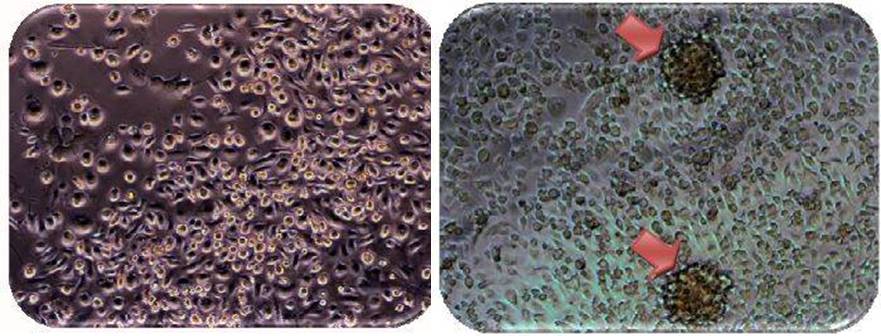
7-Apr-2010
Inducing the replication of heart cells, scientists in the Cardiovascular Research Center at the Hadassah Medical Center Heart Institute took atrial appendages (muscular pouches of the atrium wall) from mice and rats and successfully grew stem cells in large quantities.
It had been traditionally thought that once heart cells are damaged by a heart attack, they are not able to regenerate, but recent findings suggest that the mammalian heart does have intrinsic replication potential. Hadassah’s cardiac team hypothesized that the left atrial appendage, which is discarded in several cardiac surgery operations, may contain “resident” stem cells. In growing these cells, the cardiac team identified specific markers for both the stem cells and the heart cells. Then they “cloned” them by taking a cell and putting it in a new plate, allowing it to divide and grow new heart cells. Subsequently, they “pushed” the cells to become mature heart cells and found that they began to contract in the plate!
The Hadassah research team is now exploring the possibility of using the left atrial appendage as a “biological band-aid” to cover a scarred area of the heart and supply stem cells to the region. To date, they have taken an appendage from a male mouse, implanted it onto a female mouse’s heart, and found that they could identify implanted cells within the female heart. “The field of ‘Cardiac Replacement Therapy’ has undergone many revolutionary advances in the past few years,” notes Prof. Chaim Lotan, head of Hadassah’s Heart Institute. “We hope we are making a significant contribution and that the day isn’t far off when we will be able to replace dead cells in the heart, and thus solve the vexing problem of heart failure.”
